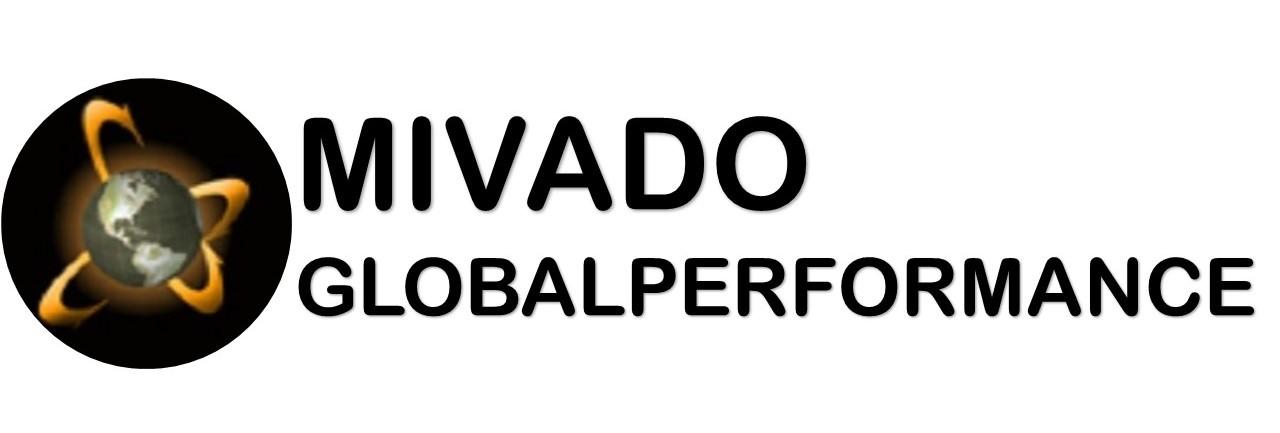Applying Computerized System Assurance (CSA) to Legacy Systems
Computerized System Assurance (CSA) is a modern approach to validating automated systems, particularly in the life sciences industry. It emphasizes a risk-based methodology, focusing on product quality and patient safety, rather than the traditional, more burdensome Computer System Validation (CSV) approach [1], [2]. This article delves into the intricacies of CSA, highlighting the dos and don’ts of validating complex computerized systems.
A- Understanding Computerized System Assurance (CSA)
CSA is designed to streamline the validation process by applying critical thinking and a risk-based approach. It aims to ensure that computerized systems are reliable, safe, and effective, reducing unnecessary documentation and testing efforts [3]. The key principles of CSA include:
1- Risk-Based Approach: Prioritizing validation activities based on the risk to patient safety, product quality, and data integrity.
2- Critical Thinking: Encouraging a thoughtful and analytical approach to validation, focusing on what truly matters.
3- Lifecycle Approach: Considering the system’s entire lifecycle, from development to decommissioning.
4- Efficiency and Effectiveness: Reducing the validation burden by focusing on high-risk areas and leveraging existing data and testing.
B- DOs and DON’Ts in Computerized System Validation
The following table outlines the dos and don’ts of computerized system validation, with explanations based on system complexity:
Table 1: DOs and DON’Ts in Computerized System Validation
| Complexity Level | DOs | DON’Ts | Explanation |
|---|---|---|---|
| Low Complexity | – DO use automated tools for routine testing. – DO leverage vendor documentation. | – DON’T over-document low-risk systems. – DON’T ignore vendor-supplied validation evidence. | Low-complexity systems typically have well-defined functions and lower risk, allowing for streamlined validation processes. |
| Medium Complexity | – DO perform risk assessments to identify critical areas. – DO use a combination of automated and manual testing. | – DON’T rely solely on vendor documentation. – DON’T skip periodic reviews and updates. | Medium complexity systems require a balanced approach, combining vendor documentation with additional testing and periodic reviews to ensure ongoing compliance. |
| High Complexity | – DO implement comprehensive risk management plans. – DO involve cross-functional teams in validation. | – DON’T underestimate the need for thorough documentation. – DON’T neglect continuous monitoring and improvement. | High-complexity systems pose significant risks and require detailed validation plans, extensive documentation, and continuous monitoring to ensure they remain compliant and effective. |
C- Steps to Apply CSA to Legacy Systems
Applying Computerized System Assurance (CSA) to legacy systems can be challenging but highly beneficial. Here are some steps to help you integrate CSA principles into your existing systems:
1- Conduct a Risk Assessment:
- Identify Critical Systems: Determine which legacy systems are critical to product quality and patient safety.
- Evaluate Risks: Assess the risks associated with these systems, focusing on potential impacts on data integrity, compliance, and operational efficiency.
2- Leverage Existing Documentation:
- Review Current Validation Documentation: Examine existing validation documents to identify gaps and areas for improvement.
- Utilize Vendor Documentation: Use any available vendor-supplied validation evidence to support your efforts.
3- Implement Risk-Based Testing:
- Prioritize High-Risk Areas: Focus your testing efforts on the most critical and high-risk components of the legacy systems.
- Use Automated Tools: Where possible, employ automated testing tools to streamline the validation process.
4- Enhance Documentation Practices:
- Document Critical Changes: Ensure that any changes or updates to the legacy systems are thoroughly documented.
- Maintain Traceability: Keep detailed records of all validation activities to ensure traceability and compliance.
5- Engage Cross-Functional Teams:
- Involve Key Stakeholders: Include representatives from IT, quality assurance, and other relevant departments in the validation process.
- Foster Collaboration: Encourage open communication and collaboration to address any issues that arise during the validation process.
Continuous Monitoring and Improvement:
- Implement Monitoring Tools: Use monitoring tools to continuously track the performance and compliance of legacy systems.
- Regular Reviews: Conduct periodic reviews to ensure that the systems remain compliant and effective over time.
D. Example of Applying CSA to Legacy Systems
Table 2: Example of Applying CSA to Legacy Systems
| Step | Action | Explanation |
|---|---|---|
| Risk Assessment | Identify critical legacy systems and evaluate risks. | Focus on systems that impact product quality and patient safety. |
| Leverage Documentation | Review and utilize existing validation and vendor documentation. | Identify gaps and use available evidence to support validation. |
| Risk-Based Testing | Prioritize testing for high-risk areas and use automated tools. | Streamline validation by focusing on critical components. |
| Enhance Documentation | Document changes and maintain traceability. | Ensure thorough records of all validation activities. |
| Engage Teams | Involve cross-functional teams in the validation process. | Foster collaboration and address issues effectively. |
| Continuous Monitoring | Implement monitoring tools and conduct regular reviews. | Ensure ongoing compliance and system effectiveness. |
E. Conclusion
Adopting the CSA approach for computerized system validation can significantly enhance the efficiency and effectiveness of the validation process. It requires focusing on risk, leveraging critical thinking, and applying a lifecycle approach. Then, organizations can ensure their systems are safe, reliable, and compliant with regulatory requirements [4]. By following the above-described steps, you can effectively apply CSA principles to your legacy systems, ensuring they remain compliant, reliable, and efficient.
References
1- Qualio – Complete guide to computer system validation, https://www.qualio.com/blog/complete-guide-to-computer-system-validation, Accessed on AUG 29, 2024
2- FDA – Computer Software Assurance for Production and Quality System Software, https://www.fda.gov/media/161521/download, Accessed on AUG 29, 2024
3- eLeaP – Computer System Assurance: FDA Guidance and Case for Quality, https://www.eleapsoftware.com/fda-transition-to-computer-system-assurance-the-new-csv/, Accessed on AUG 29, 2024
4- ValGenesis – Your Guide to Computer Software Assurance, https://www.valgenesis.com/blog/your-guide-to-computer-software-assurance, Accessed on on AUG 29, 2024
5- Microsoft Copilot in Bing, AI Companion, https://www.bing.com/chat?form=NTPCHB, Accessed on AUg 23, 2024
About the author: Kossi Molley, PMP., LSSBB., Chemist

